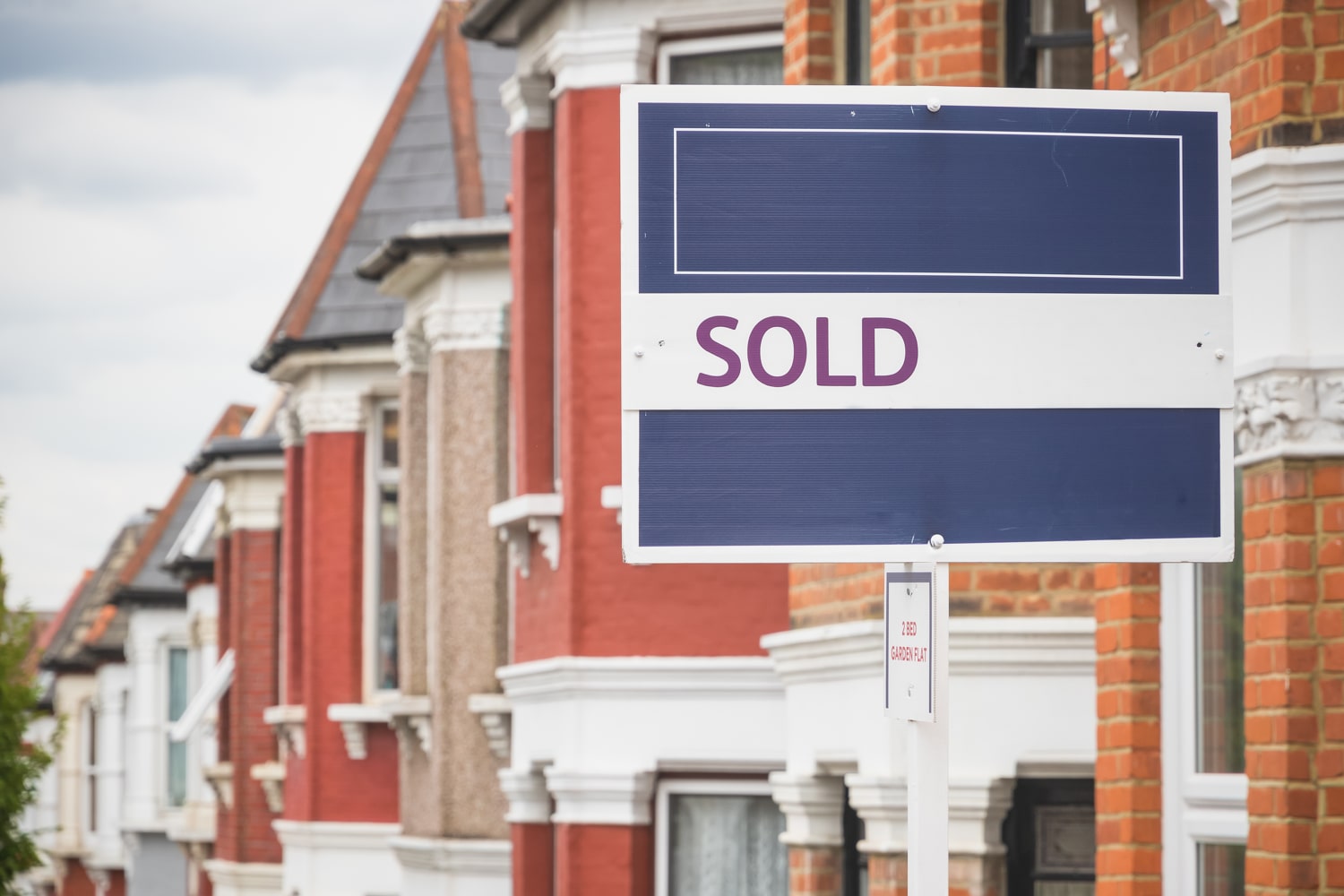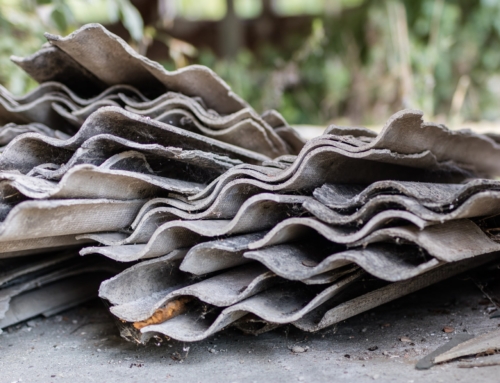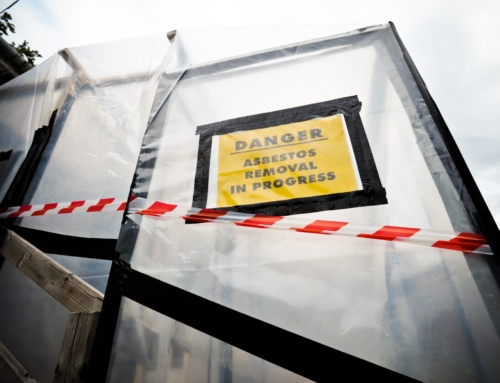Selling a house can be a long and complex process, especially if you’re worried about issues at your property, like the presence of asbestos. It’s commonly found in older homes built before 2000 and could pose a serious health risk if it’s disturbed. Luckily, with the right knowledge and support, selling a property with asbestos can be easily managed.
Here are some of our top tips for how to sell a home with asbestos.

Why is asbestos dangerous?
Asbestos is dangerous due to its microscopic fibres. If they become airborne when a material is disturbed or has deteriorated, the fibres could be inhaled. This has been well known to cause irreversible damage and serious health problems like lung cancer, asbestosis and mesothelioma.
The latency period (time between exposure and symptoms appearing) can be decades. However, the length of this period can vary from case to case due to the different types of asbestos around and exposure levels.
Where is asbestos found in the home?
Asbestos can be found in both interior and exterior areas of the home and outbuildings (like sheds, garages and barns).
Typical interior areas where asbestos might be lurking include insulation materials, floors (e.g., vinyl tiles), textured ceilings, plaster walls, boiler insulation, partition walls and pipe lagging.
Exterior asbestos can be found in roofing felt, soffits, guttering, cement sheets and garage roofing. Other hidden spots we find asbestos include behind old fuse boxes, under vinyl floors and in chimney flues.
Can you sell a house with asbestos in it?
Yes, you can sell a house with asbestos in it, but you must declare its presence to buyers if you know about it and take suitable measures to manage the risks. Buyers have the right to know about any known hazards (including asbestos) before they make a decision about purchasing a property.
Buyers often worry about asbestos in homes they are considering and whether it’s really safe or not. Some may see asbestos as an obstacle to future renovations or even a bargaining chip when negotiating on price.
However, asbestos is not all equally dangerous, as there are higher risk materials that are more friable, for example. Therefore, it’s good idea to go into any selling process knowing how asbestos could affect buyer offers and what you can do to reassure them. You need strategies to address buyer concerns without losing leverage. Some sellers even like to be upfront in the initial property listing to avoid surprises later.
Should you get an asbestos survey when selling your home?
Completing a pre-purchase asbestos survey is a good idea if you’re selling your home. This will be conducted by a trained asbestos professional who will help identify, assess and sample suspected asbestos-containing materials (ACMs) at the property.
The asbestos survey results offer valuable information to both sellers and buyers regarding the presence, location and condition of ACMs. This can build trust with buyers and allow informed decision-making and ongoing risk management.
The final report will identify the location and extent of ACMs, including their current condition and recommendations for management or removal. Signs of damage, deterioration or fibre release risks will be highlighted. Some reports even provide a risk rating to indicate the hazard level. The accredited laboratory that conducted tests should be named.
Do you have to disclose the presence of asbestos to buyers?
Yes! Under the Property Misdescriptions Act 2013, UK property sellers have a legal responsibility to disclose the presence of asbestos if they are aware of it. The law covers residential properties (not just commercial ones), and includes ACMs already found during surveys and inspections.
This means sellers are legally obliged to inform potential buyers about the presence of asbestos if they know about it. Failure to disclose known asbestos hazards can result in legal action and financial consequences for sellers.
Ensure you provide potential house purchasers with accurate, detailed information about the presence of asbestos, including any surveys or reports carried out in the past. You may even want to include asbestos-related disclosures in the sales contract to ensure transparency and protect both parties from future claims.
Buyers may also request a specialist home buyer asbestos report before exchanging contracts, especially in older properties without a recent survey.
Should you have asbestos removed from your home before selling?
There are various options available when selling a home with asbestos.
Some people decide to remove asbestos from their property with the help of a professional contractor. This decision will be based on the current condition of asbestos-containing materials and exposure risks. In some cases, you may even consider asbestos encapsulation.
Low-risk asbestos that has been recently inspected may be left in situ.
Working with asbestos professionals is the key to a smooth process, as they can survey and test any potential asbestos before your house goes on the market.
How does asbestos removal work?
Your contractor should walk you through the various asbestos removal steps to expect. This includes detailed risk assessments, plans for containment, safety set-ups, and careful removal using ‘wet’ methods.
All asbestos waste is handled by professionals, double-bagging the ACMs and labelling them appropriately. It’s then taken to official asbestos waste facilities for safe disposal. Asbestos waste should never be added to normal landfill rubbish or recycling. Illegal dumping or fly-tipping of ACMs poses significant health and environmental risks, resulting in legal penalties and fines.
The area will be deep cleaned by your asbestos company, which may include air clearance testing to ensure the room or space is deemed safe. If you’ve removed something like an asbestos garage roof, they may also have the skills and resources to put in an asbestos-free replacement for you.
Do you need a pre-purchase asbestos survey? Contact us
Goodbye Asbestos offers expert asbestos surveys, testing and removals across the Home Counties and London, coming out to Hayes, Hayling Island and beyond.
For a free quote, please get in touch.




